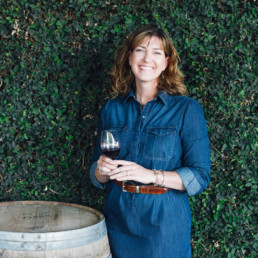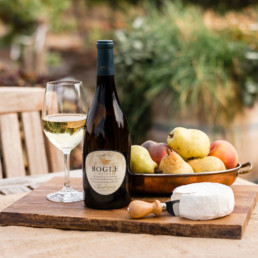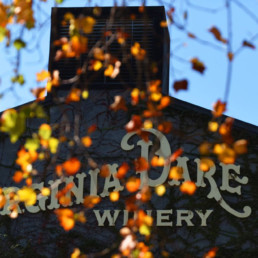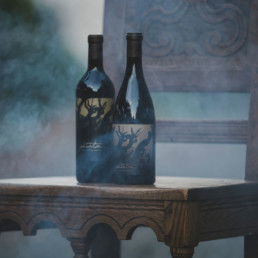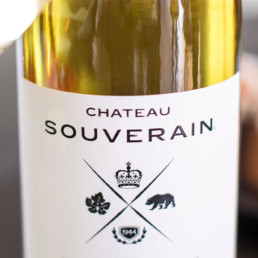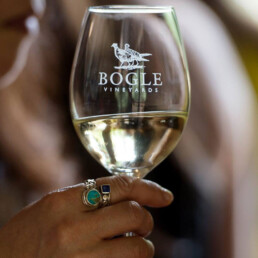19 February, 2020
The Bogle Legacy: Jody Bogle & The Reserve Chardonnay
The Bogle Reserve Chardonnay oozes decadence - it's heavy with tropical fruit, nougat notes and melted butter.
5 February, 2020
The Bogle Legacy: A Chardonnay That Knocks Our Socks Off
Bogle Chardonnay is ranking as one of the top selling Californian Chardonnays in New Zealand right now.
23 September, 2019
The Golden Trio: Virginia Dare
If you’re anything like us (and we know you are) a good story behind a wine makes it all the more enthralling.
23 September, 2019
The Golden Trio: Phantom by Bogle Vineyards
Self described as ‘hauntingly delicious,’ this wine is big. It fills a room (and your mouth) with its presence.
23 September, 2019
The Golden Trio: Château Souverain
The Château Souverain Chardonnay offers a plush texture and balanced acidity with a long, flavourful finish. Delish.
7 November, 2017
Great American Chardonnay
From the rich and balanced wines of Washington State, the incredibly delicious wines from Sonoma Coast...
